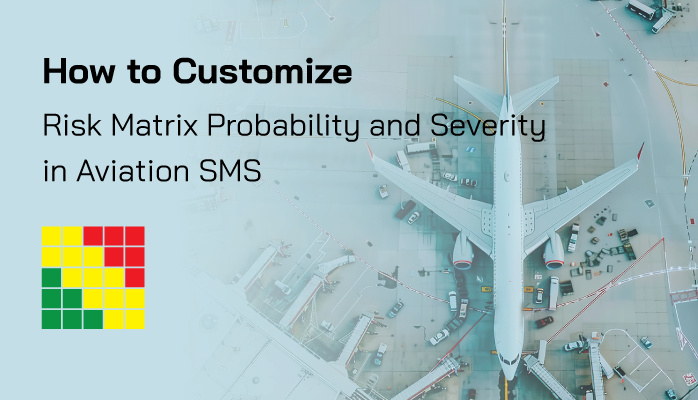SMS Concepts for Managing Aviation Safety to ALARP
In aviation, where risks are ever-present, ensuring safety is an absolute priority. Aviation safety managers globally rely on robust Safety Management Systems (SMS) to mitigate risks and ensure operations remain as safe as reasonably practicable—commonly referred to as ALARP.
The ALARP principle requires organizations to reduce risks to a level where further risk reduction is either impractical or grossly disproportionate to the benefits gained. Achieving this balance demands a deep understanding of SMS frameworks and their core concepts.













